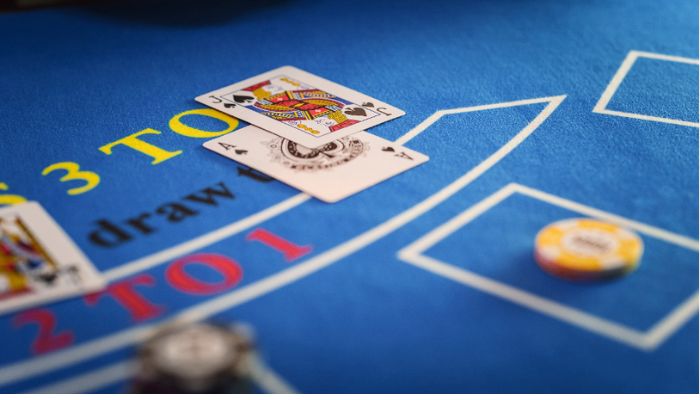If you’ve been around a pack of cards, then you’ve probably at least heard of the game of Blackjack. It’s actually descended from one of the oldest known card games in the world! It also happens to be very simple at its core but with an element of player decision-making that adds to the game’s unpredictability.
Now players can even try out online Blackjack games, rather than having to head to a land-based casino venue to play.
So, how do you actually play a game of Blackjack? Well, that’s what we’re here to set out for you today.
The objective of Blackjack
In any game of Blackjack – or 21, as its otherwise called – players aim to get a hand value that’s closer to 21 than the dealer’s. But if their hand ever goes over 21 then they’ve gone bust and are out of the game.
Even if a hand isn’t valued at 21, it can still beat out the dealer’s, just as long as it’s got a higher value in comparison.
Sometimes, players will get a hand value of 21 in the initial deal – known as a natural Blackjack. This comes with an automatic payout, provided the dealer doesn’t also have a natural Blackjack when they check their face-down card.
How to play a game of Blackjack
Now that we’ve established the basic objective, how does a game of Blackjack work? There are a few key steps involved, which are:
- Players place their wagers at the start of the game.
- The dealer deals out two cards to each player and themselves.
- Each player takes their turn one by one, choosing from a set pool of actions.
- Play goes back to the dealer once each player has concluded their turn to resolve the outcome of the game.
But that’s only a quick summary of gameplay. Let’s dig a little deeper into what happens during the player’s turn, including the selection of actions that they can choose between.
If a player doesn’t receive a natural Blackjack, then they have a few actions available on their turn. The first of these is to hit, asking the dealer for an additional card to increase the value of their hand. There’s no limit on how many times a player can hit, other than going bust.
Next up is standing, which players can choose to do when they want to keep their current hand as it is. This also ends their turn, passing play onto the next player or the dealer if they are the last to go.
The double-down action allows players to double their initial wager in exchange for taking just one extra card into their hand.
Splitting is a more situational action, only being allowed when a player’s first two cards are of the same value. A split means dividing those two cards into separate hands, each receiving one additional card. Those two new hands are then played independently of each other.
Some games may also permit the surrender option, where players can surrender their hand in exchange for half of their initial wager. This move is generally made when a player thinks that the dealer’s hand is strong.
Which actions a player takes on their turn are entirely down to them, as well as the initial cards dealt to them. As you can see, there’s a lot of decision-making that goes into playing a game of Blackjack!


